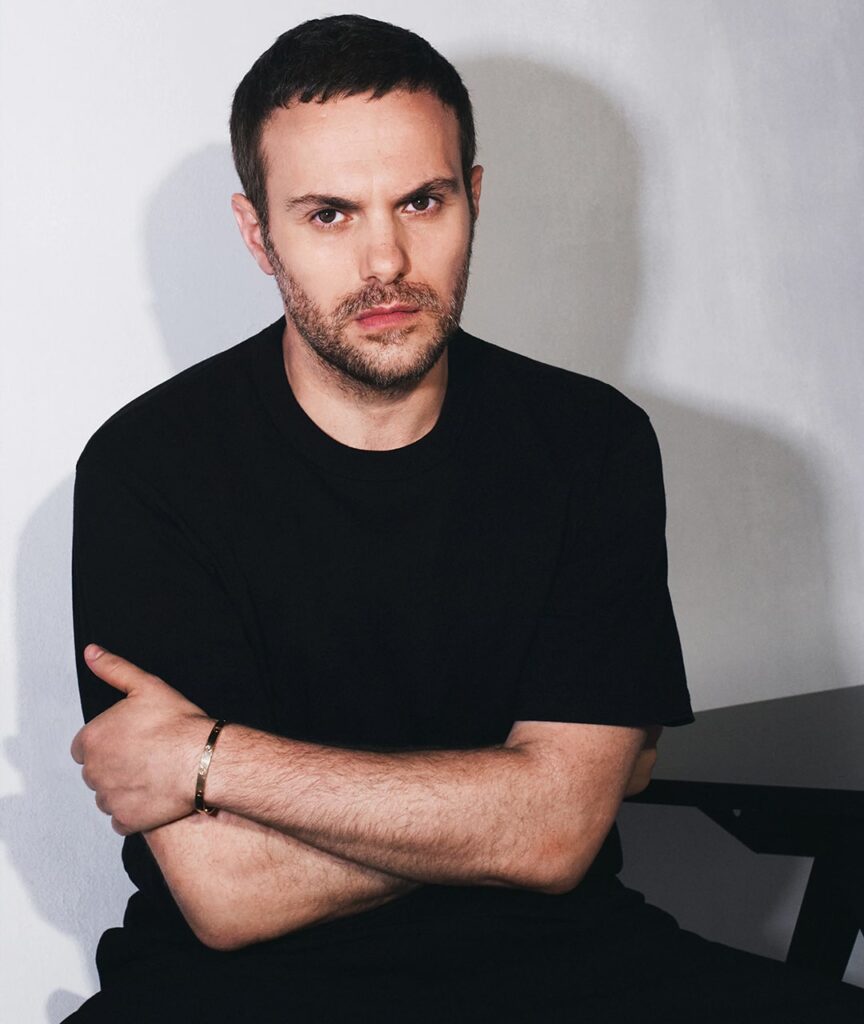Gucci’s downturn extended into the final stretch of 2024, with fourth-quarter revenue falling 24%, closing out a year in which sales at Kering’s flagship brand dropped 23% to EUR 7.7 billion (USD 8 billion). The decline, which has now persisted for four consecutive quarters, has placed significant strain on its parent company.
According to its latest earnings report, Kering’s annual revenue fell 12% to EUR 17.2 billion (USD 17.9 billion), while net profit plunged 62% to EUR 1.1 billion (USD 1.1 billion). Recurring operating profit slid 46%, reaching its lowest level since 2016. Despite deteriorating margins, the company has proposed a EUR 6 (USD 6.2) per share dividend payout, signaling its intent to maintain shareholder returns.
François-Henri Pinault, Kering’s CEO, acknowledged that while the company anticipated challenges in 2024, “things have been even tougher than what [the group] had foreseen” throughout the year.
Gucci, once Kering’s primary growth driver, posted double-digit revenue declines in every quarter of 2024—down 21% in Q1, 20% in Q2, 25% in Q3, and 24% in Q4. The brand’s inability to stabilize its sales trajectory dragged Kering’s overall performance, with total Gucci revenue for 2024 falling to EUR 7.7 billion (USD 8 billion), its lowest in years.
Other Kering brands also struggled. Yves Saint Laurent’s revenue declined 9% to EUR 2.9 billion (USD 3 billion), as slowing demand in the US and a weaker aspirational customer base weighed on sales. Meanwhile, Bottega Veneta bucked the trend, posting a 4% increase in revenue to EUR 1.7 billion (USD 1.8 billion), driven by strong demand for high-end leather goods.
Adding to Kering’s challenges, its stock price plummeted more than 40% over the course of 2024, nearly halving its market value as investors questioned the company’s ability to revive Gucci’s momentum.
Gucci’s prolonged decline prompted a leadership overhaul. Sabato De Sarno, appointed as creative director in 2023, exited the brand earlier this year after failing to reignite consumer demand. His tenure was defined by the introduction of Rosso Ancora, a deep red hue positioned as Gucci’s signature color—a move intended to reinforce the brand’s identity in the market.
Luxury houses often use distinct colors to solidify their image—Hermes has orange, Tiffany has its signature blue—and De Sarno sought to establish Rosso Ancora, a deep red hue, in a similar fashion. Gucci rolled out the initiative with immersive pop-up spaces in China, targeting shoppers in Shanghai, Shenzhen, Chengdu, and Beijing. But the strategy failed to generate lasting traction.

Kering is now setting its sights on a year of stabilization, with muted revenue expectations in the near term. Gucci’s latest handbag launches—the Emblem, Bee, and Blondie collections—have shown early signs of interest, but they have yet to offset declining sales in established lines such as Marmont and Dionysus.
During the earnings call, Pinault made clear that Kering is not seeking “short-term compromises or quick fixes” for Gucci. The brand’s immediate priority is rationalizing its wholesale operations, which includes scaling back its presence in outlet stores and cutting wholesale distribution further this year. The objective is to regain pricing power and exclusivity while reinforcing direct retail sales.
Gucci is also expected to announce a new artistic director in the coming months, marking another phase in its turnaround. But with economic uncertainty weighing on the luxury sector and demand slowing in key markets such as China, Kering faces a difficult balancing act: restoring Gucci’s desirability without undermining its profitability.
